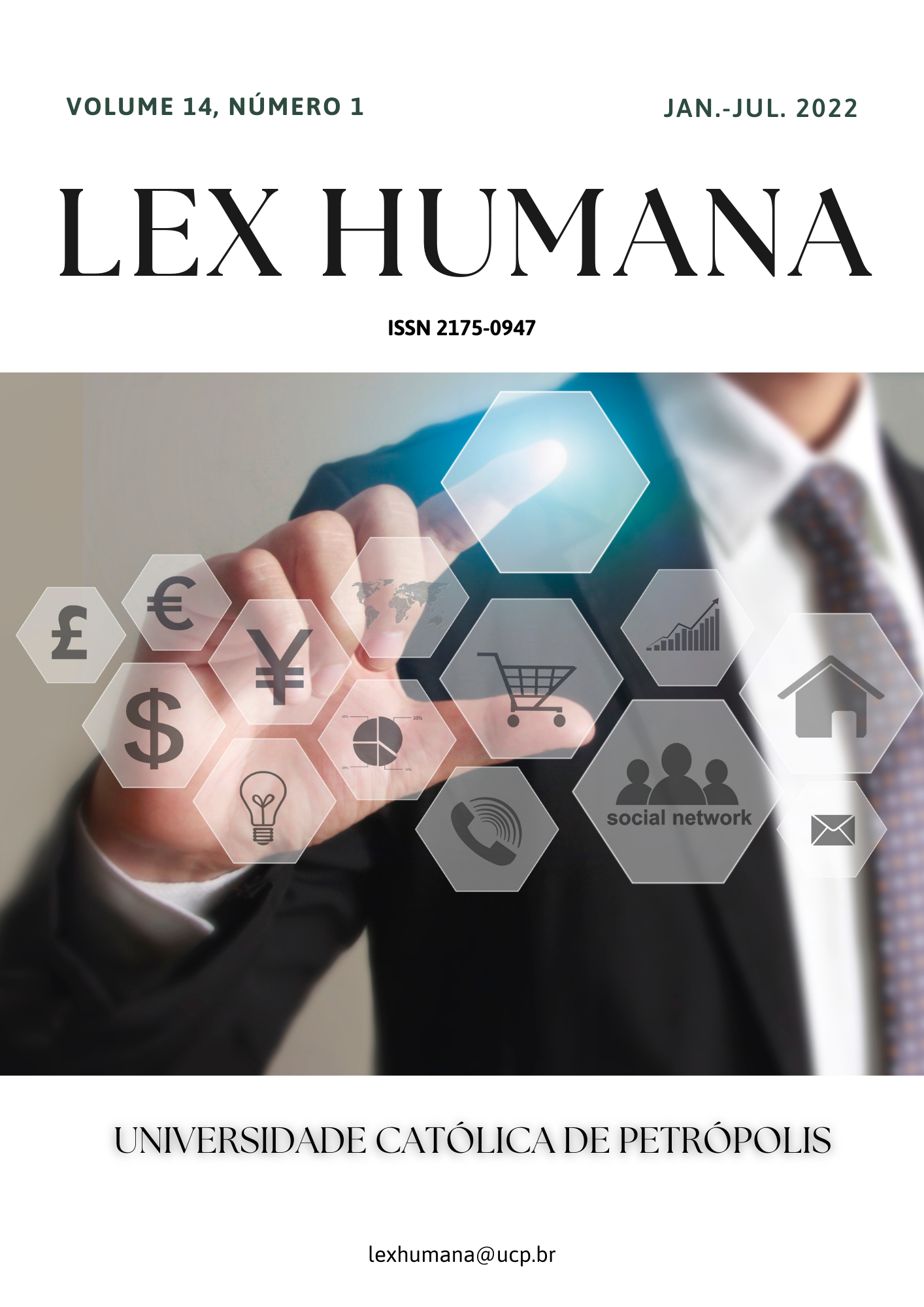Abstract
Albinism, which occurs due to insufficient or no secretion of the melanin pigment secreted by the body, is defined among rare diseases. Albinism disease affects all hairs in the skin, eyes and body. The occurrence of the mentioned problem in the production of melanin pigment causes problems such as low vision of individuals with albinism and tremors in the eyes, etc. This situation affects all areas of the life of individuals with albinism as well as their educational life. Although albinism has many known or unknown types, it causes the body to be sensitive to light, have poor vision and experience strabismus etc. In this study, the subject of education of individuals with albinism is discussed. The purpose of the research is to address the problems experienced by individuals with albinism in their educational lives. The data of the study were obtained through in-depth interviews with seven people, five students with albinism and two parents of students with albinism, through a semi-structured questionnaire. Analyzes were made as a result of the interviews. As a result, it was determined that individuals with albinism experienced problems related to vision, appearance, teachers, peers and families while continuing their education.
References
Demir, T., & Sen, Ü. (2009). Görme Engelli Öğrencilerin Çeşitli Değişkenler Açısından Öğrenme Stilleri Üzerine Bir Araştırma. Journal Of International Social Research, 2(8), 89-103.
Doris. F: (2019). Myths and Stereotypes: The Lived Experiences of People with Albinisma. Psychology and Behavioral Sciences, 8(3). 61-66. Doi: 10.11648/j.pbs.20190803.11.
KIRICI, İ. (2018). Türkiye’de Yaşayan Albinizmli Bireylerin Eğitim Sorunları. Uluslararası Güncel Eğitim Araştırmaları Dergisi, 4(1), 29-40.
Kruijt CC, de Wit GC, Bergen AA, Florijn RJ, Schalij-Delfos N, Van Genderen MM (2018) The Phenotypic Spectrum of Albinism. Ophthalmology, 125(12),1953-1960.
Marçon CR, Maia M (2019) Albinism: epidemiology, genetics, cutaneous characterization, psychosocial factors. An Bras Dermatol, 94(5), 503-520.
Meterelliyoz, K. Ş., & Yazar, M. S. (2020). Albinizmli Bireylerde Depresyon, Anksiyete Düzeyleri, Özsaygı ve Yaşam Kalitesi: Bir Olgu-Kontrol Çalışması. Psikiyatride Güncel Yaklaşımlar, 12, 118-130.
Ocak, O. B., Özçelik, F., İnal, A., Ocak, S. Y., Önmez, F. E. ve Gökyiğit, B. (2018). Pediatrik Olgularda Az Görenlere Yardım Cihazlarının Etkinliğinin Değerlendirilmesi. Journal of Academic Research in Medicine, 8(1), 168-177.
Özyürek, M. (1995). Görme Yetersizliği Olan Çocuğu Bağımsızlığa Hazırlamak İçin Ana Baba Rehberi. Ankara: Başbakanlık Aile Araştırma Kurumu.
Şafak, P. (2012). Ağır ve Çoklu Yetersizliği Olan Çocukların Eğitimi. Ankara: Vize Yayıncılık.
Ünal, B. Ö. & Coşkun, İ. (2021). Türkiye’de albinizmli bireylerin eğitim ve sosyal hayata katılımda karşılaştıkları sorunlar ve baş etme yöntemleri. Trakya Eğitim Dergisi, 11(1), 482-513.
Ünal, Ö. B., Arslan, A. T.(2021). Violations Of Rights Faced By Individuals With Albinism, Albınısm Assocıatıon. (European Union Project Report).

This work is licensed under a Creative Commons Attribution-NonCommercial-NoDerivatives 4.0 International License.
Copyright (c) 2022 Lex Humana (ISSN 2175-0947)
